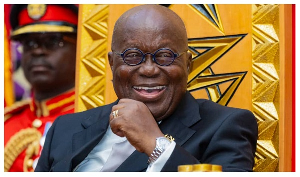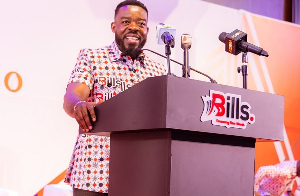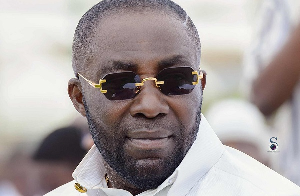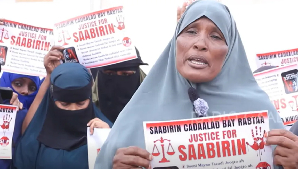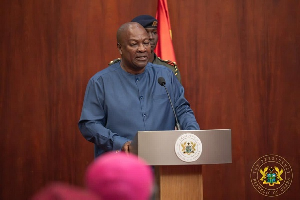President Nana Akufo-Addo has stated that his government kept the energy sector's legacy debt at $2.5 billion, the same level it inherited.
Delivering his final State of the Nation address in Parliament on Friday, he said his administration had also averted the projected US$12.5 billion debt scenario, despite the rising cost of energy production and the global economic challenges that unfolded during his tenure.
“The Energy Sector Recovery Programme (ESRP), developed by the Government and the World Bank, projected that this debt would balloon to a staggering $12.5 billion within five years if no decisive actions were taken. We knew that such a scenario would cripple the sector, undermine investor confidence, and plunge the nation back into darkness,” he added.
President Akufo-Addo noted that through tough negotiations with Independent Power Producers (IPPs), prudent financial management, and targeted interventions, his government had been able to stabilize the sector while keeping the lights on.
“I am pleased to report that the energy sector has truly been transformed, and I am leaving office confident that the foundations we have laid will serve this nation well for generations to come,” he said.
“I am very happy to say that I leave office in 2025 with the lights on,” he added.
The President also stated that Ghana had made significant progress in expanding electricity access, with the electricity access rate increasing to 88.85 percent, up from the 79.3 percent he inherited.
On renewable energy, he highlighted notable projects completed, including a four-megawatt (4MW) floating solar PV at Bui, a fifteen-megawatt (15MW) solar PV at Kaleo, along with a one hundred-megawatt (100MW) solar PV under construction at Bui.
He also mentioned the advancement of the mini-grid Electrification Programme in Ada East, all contributing to efforts to reach the 10 percent renewable energy target by 2030.
Business News of Saturday, 4 January 2025
Source: GNA

